

Contributor
- Topics: Archive, Gardening for Biodiversity
Today, I watched a tachinid fly larva emerge from a monarch caterpillar. It was gross and fascinating, and I was a bit sad for the poor dead not-to-be butterfly. It made me reflect, as I often do when writing “Garden Allies,” on our attitude towards insects. I am frequently asked, “How can I recognize the good bugs?” The longer I study nature, the harder it is to give an easy answer. “Good,” “bad,” and even “pest” and “beneficial” are not really relevant in the context of a healthy food web. OK, I admit, once I taught a class entitled The Good, the Bad, and the Ugly—who could resist? Of course, sometimes insects are pests when they damage plants we value beyond a threshold we find acceptable. Ladybugs are deemed beneficial when they eat the aphids (pests!) on our roses. But would we look at them differently if there were no aphids to control?
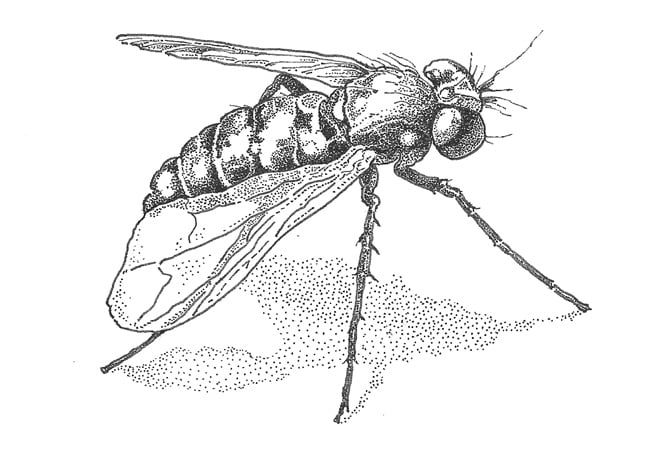
When I comment that every living organism, even a tiny insect, has its place in the web of life, the retort is usually, “So what good are flies?” It would take more than the space available in Pacific Horticulture to provide even a cursory overview of the good that flies do! Even the reviled mosquito (yes, it is a fly in the order Diptera—recognized by possessing only one pair of wings) is a valuable member of the food web, providing food for fish, birds, dragonflies, bats, and many other animals. In some cases, mosquitoes are important pollinators and are known to pollinate several rare arctic orchids.
While many gardeners are familiar with syrphid, hover, and even the bristly tachinid flies, covered in past columns, many families of flies found in gardens are less well known. Long-legged flies (Dolichopodidae), robber flies (Asilidae), big-headed flies (Conopidae) and Stratiomyidae (soldier flies and others) are among the dozens of interesting flies that can be spotted by an observant gardener. One of my favorite garden flies, often found perching on foliage, is the small graceful metallic green long-legged fly in the family Dolichopodidae. Unlike many garden predators, this fly may be predaceous in both its larval and adult stage (a few species are scavengers as adults). With more than 7,000 species worldwide there is much variation in the appearance of Dolichopodidae; most are small and metallic looking with characteristic long legs that make them easy to recognize in the garden where they stand high on their stilt-like legs!
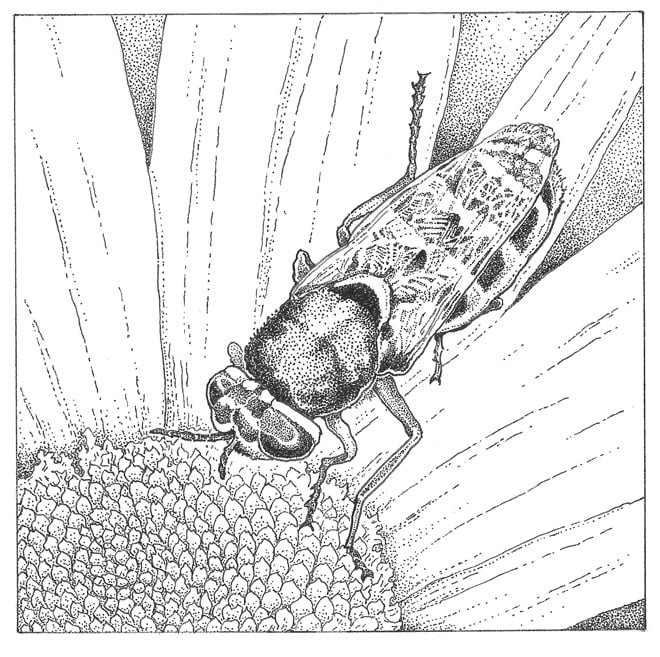
Soldier flies are in the family Stratiomyidae. Many are wasp mimics with metallic green coloring, or yellow or black striped abdomens. In the larval stage most are detritivores, feeding on decomposing organic matter; they may also feed as predators and prevent blowflies and houseflies from breeding in manure and compost. While some adult Stratiomyidae lack mouthparts altogether, most are nectar feeders. The black soldier fly, Hermetia illucens, is increasingly used in composting systems where it aids in breaking down organic materials and keeping other flies under control. As an adult the black solider fly has no functioning mouthparts, living only to reproduce, and is easily recognized by two transparent “windows” in its abdomen. Lucky gardeners may spot the beautiful emerald green syrphid fly mimic Odontomyia cincta.
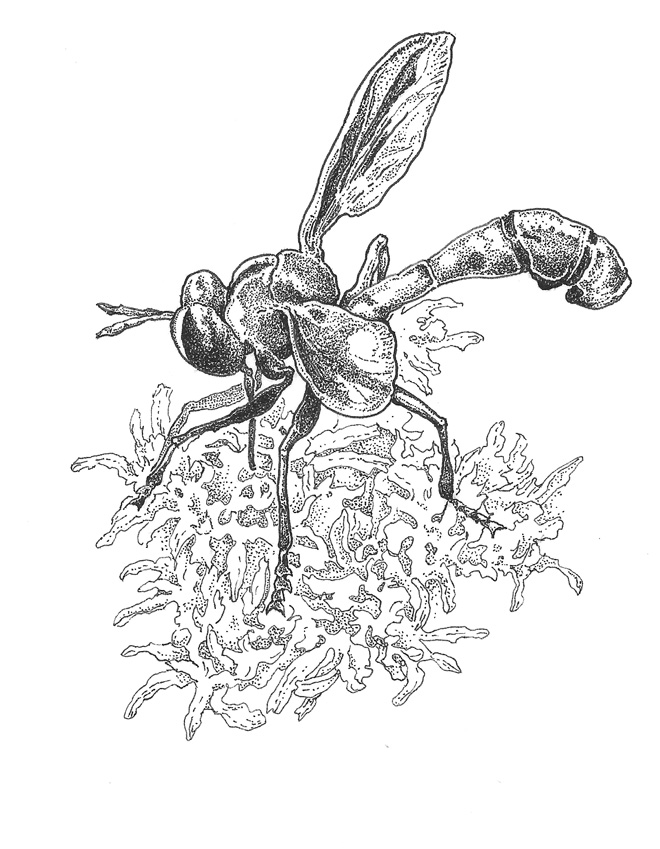
Conopidae, the thick-headed flies, often resemble wasps, bees, or syrphid flies. Nectar feeders as adults, in the larval stage most are parasitic on stinging Hymenoptera, including honeybees, bumble bees, and social wasps. These fierce little flies intercept their intended host in flight and pry open segments of the abdomen to deposit an egg. An interesting member of the food web, they are not as frequently spotted as some other garden flies, but their unique appearance means they are noticed more than some of the more common flies.
Robber flies, members of the family Asilidae, are ambush predators of a wide range of prey and can sometimes be spotted sitting in a sunny spot in the garden waiting for their next meal to fly by. Many are powerful, quick in flight, and able to catch their prey on the wing. Some robber flies can reach a formidable two inches in size, especially in arid regions, and are able to attack large prey such as grasshoppers, spiders, and dragonflies. Smaller species of robber flies attack correspondingly smaller prey. They can be recognized by their rapid flight, a generally tapered abdomen, and by their bristly “mustache,” which is thought to protect them from stinging insects. The natural history of the larvae is not well known, but they are thought to be predators or occasionally detritivores.
There is still much to be studied in the large order of flies. My family would prefer to not study large desert species from the inside of our vacation-loaded car, but do enjoy watching them from the comfort of a garden hammock!





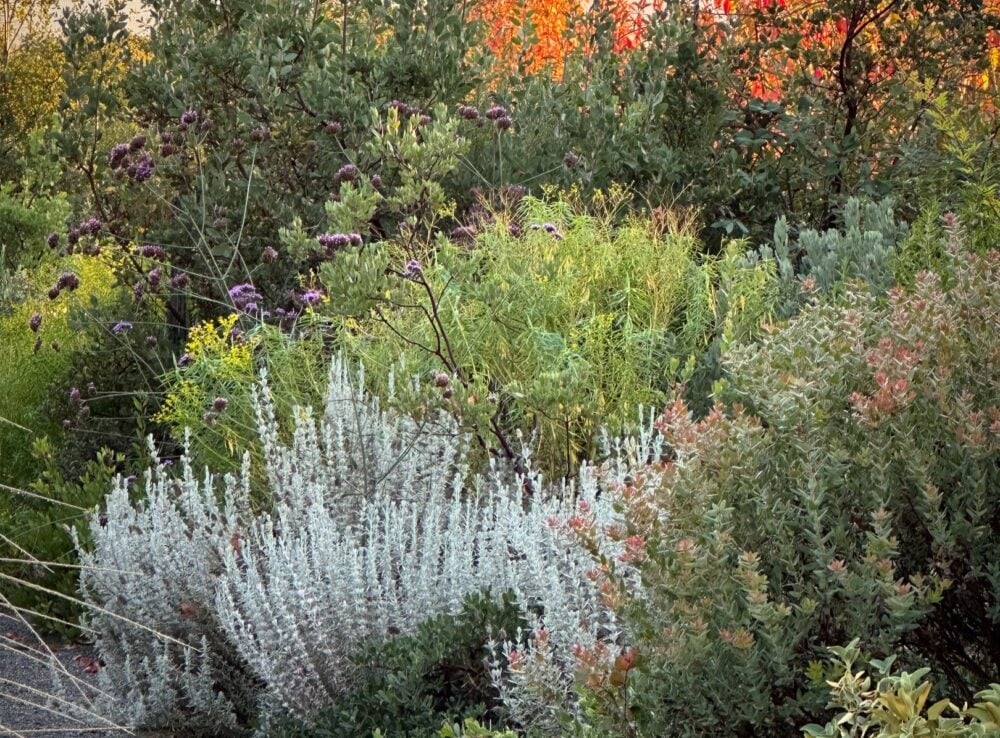
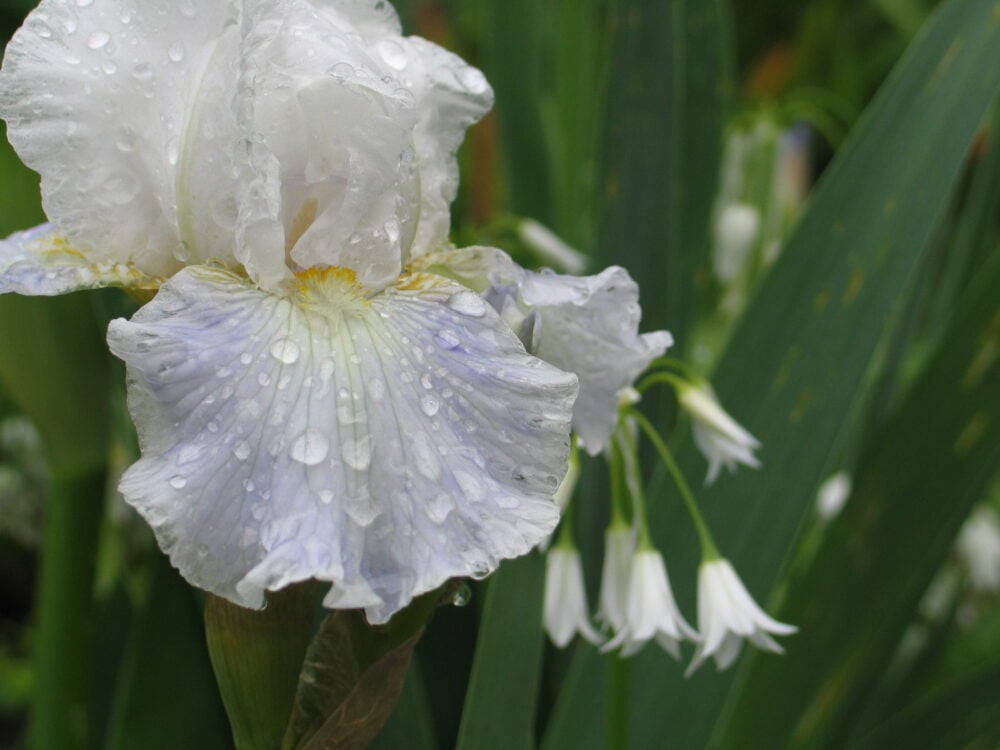




Responses